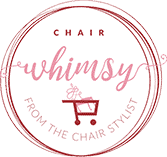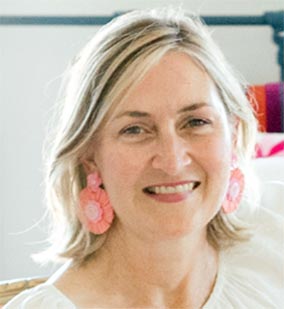
Adventures on a Cheese Tour
Back in March of 2020, I was supposed to take a trip to England for a cheese tour. We all know what happened back then…long story short, it was finally rescheduled for this past week. Let me say first off that I’m no foodie. But I did some chairs for a lady named Anna Juhl two years ago who runs cheese tours in Europe. She invited my husband and I to come in exchange for some chairs.
We arrived in London last Sunday in just enough time to explore the area around the London Bridge Hotel where we were staying. Then, Monday morning the tour began in the Borough Market, a high class set of vendors with artisan food galore.
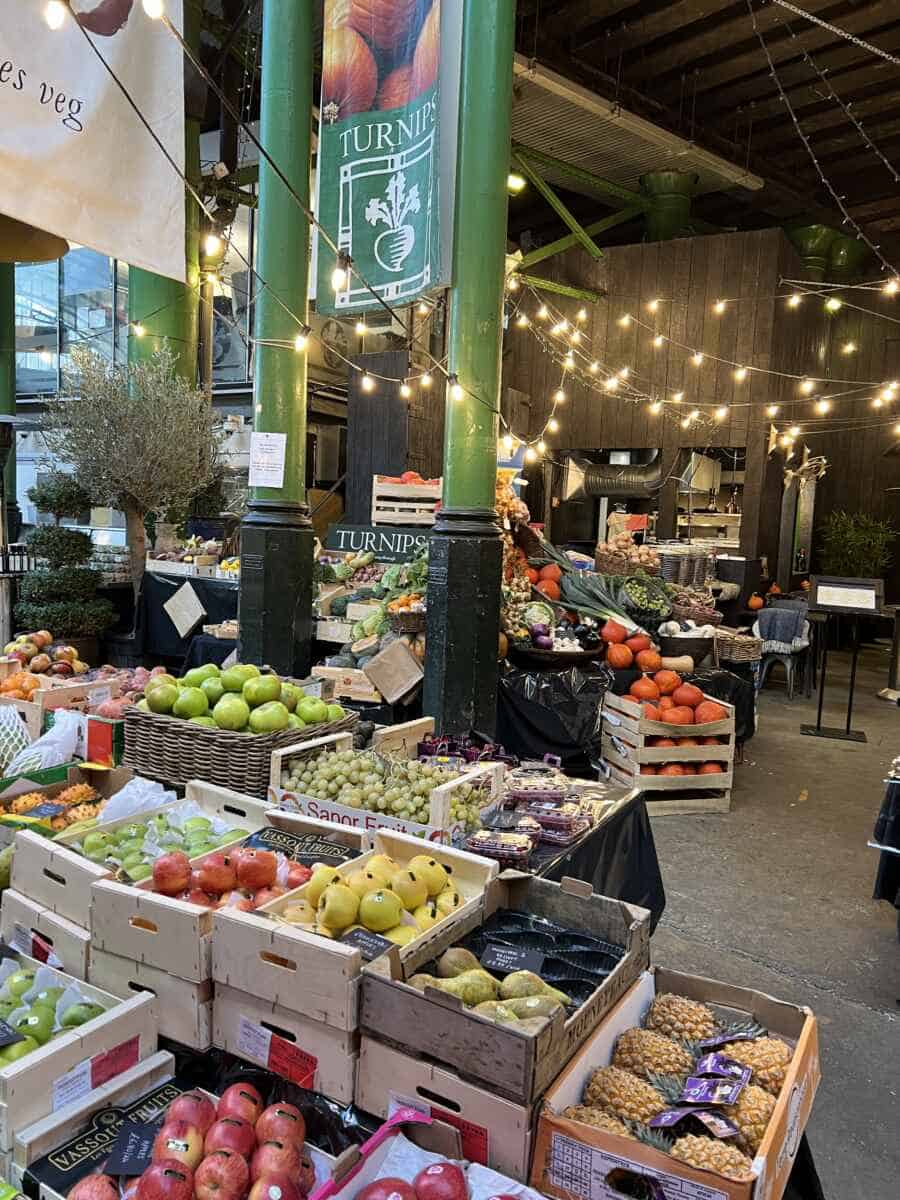
We sampled various foods throughout the market including this risotto below, middle eastern food, salami, prosciutto, cheese, and sugar cane juice.

We heard from different shop owners including Neals Yard Dairy shown below, who has had a huge influence on England’s artisan cheese market. They’ve supported small town cheese makers and helped keep them afloat throughout the pandemic.

Cheese making is nothing new in England, but during World War II, the cheese industry was almost completely snuffed out in England due to the necessity of feeding the masses of people. It’s only been since the 1980s that a renaissance of cheesemakers have come back alive throughout this region.

We made our way to the beautiful countryside of Somerset but along the way we came upon Stonehenge. It was a sight to see, but was much smaller than I had envisioned.
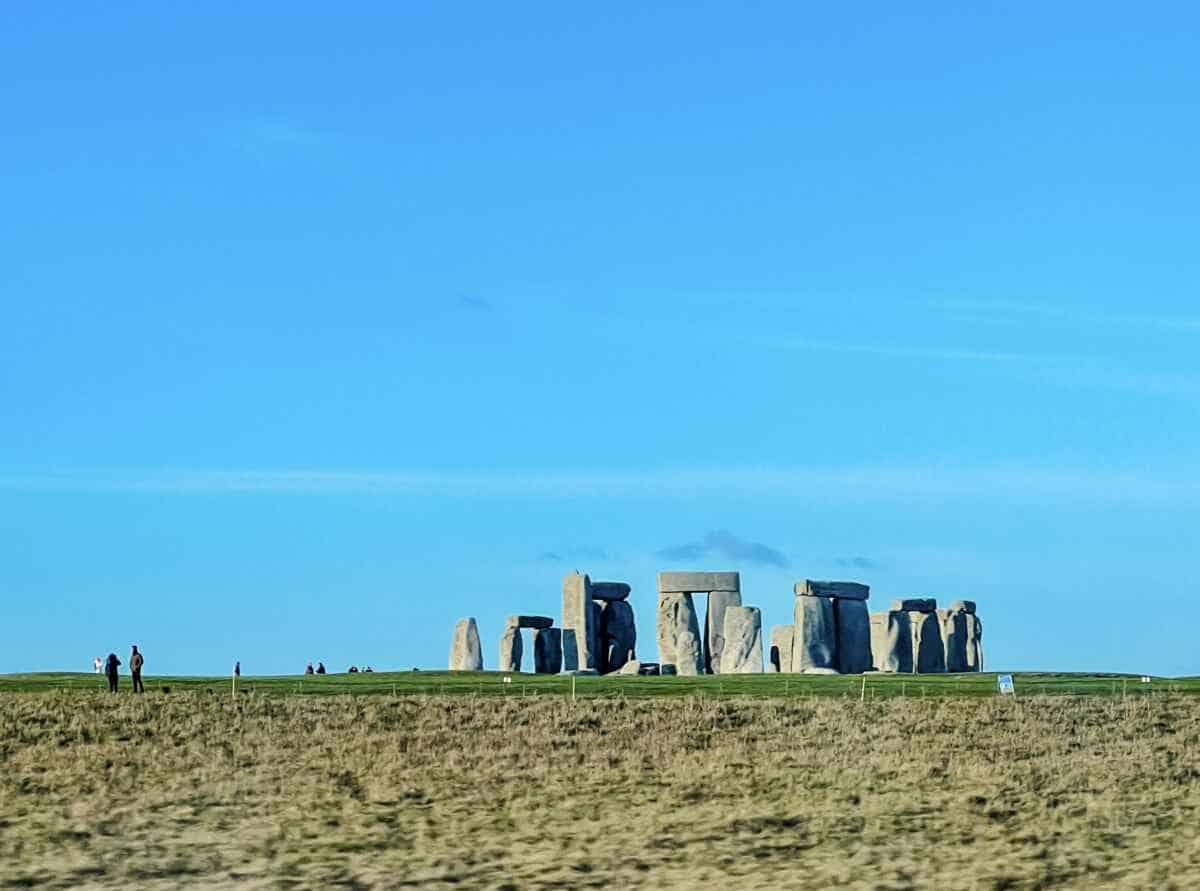
We arrived at North Cadbury Court…a grand home (think of Downton Abby) in a cute small town. We had the run of this entire place (it can sleep 50 people!) and yes, I got lost many times. The original building is from 13th century, and has been added on to throughout the years.
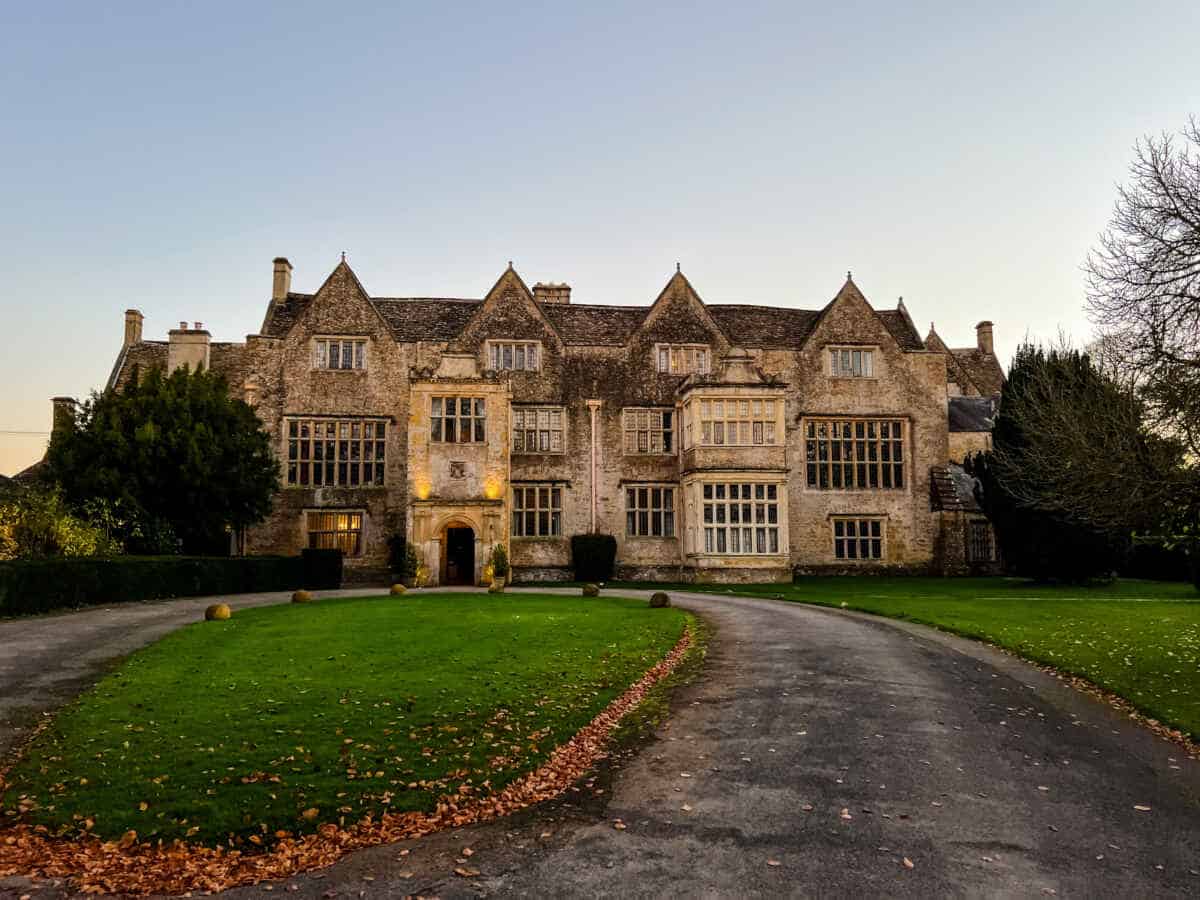
They had a golf tee off the top of the roof, which I tried out. Here’s the building from the backside. Jamie Montgomery’s family has owned it since 1911 when his grandparents bought the place and surrounding land.

Each room was named in the house, and we stayed in the Schoolhouse Room.

Montgomery’s mother revived the cheese making tradition on the farm and Jamie carries it on today. He is considered the #1 cheddar maker in the world. We saw up close his process for making cheddar…a traditional British cheese.

First, the cows are milked. The milk is turned into curds and then the water is drained.


The curds are cut and then repeatedly stacked until they become thin, squeezing out all the water.
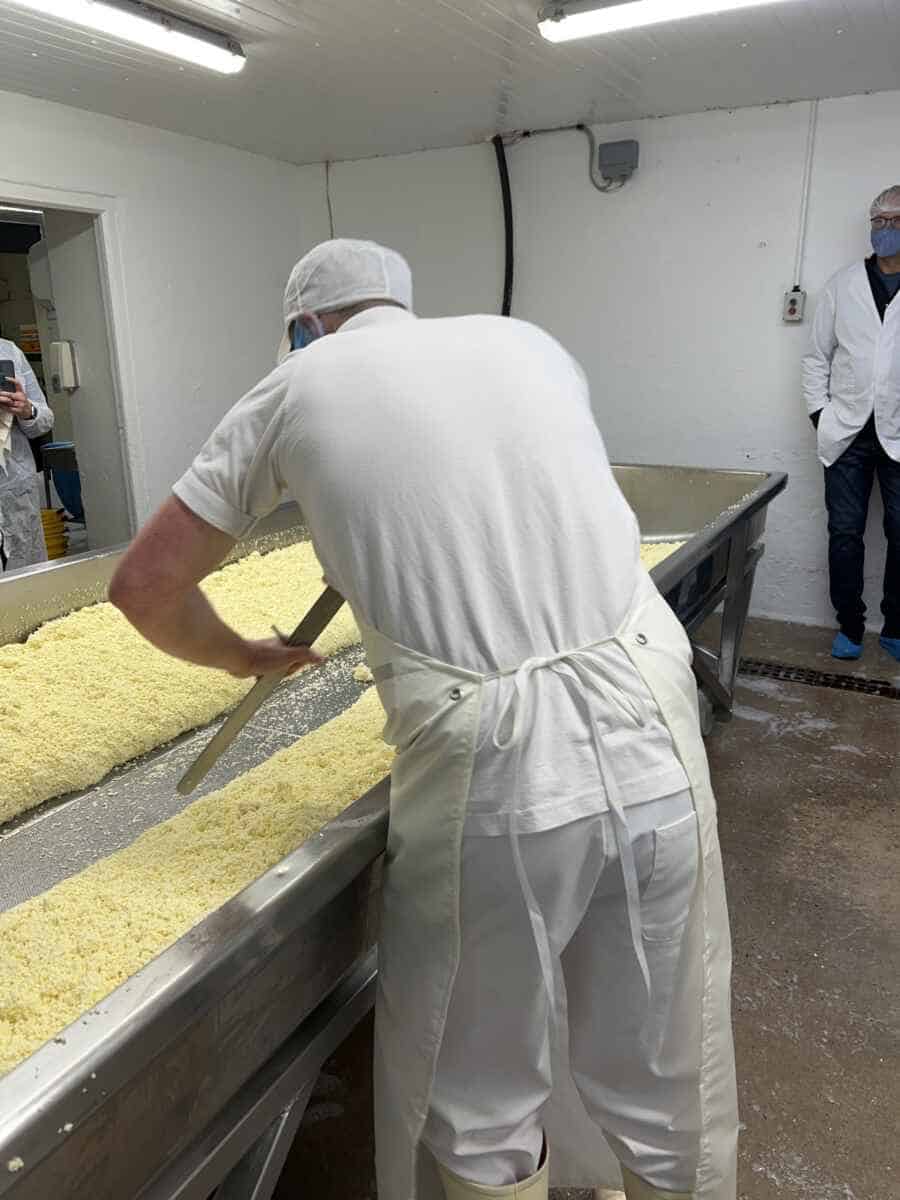

Then the cheese is pressed and put in a cave where it’s stored for the aging process which takes a year. Each cheese is tagged with the date of when it was created so they can track how long it needs to age.
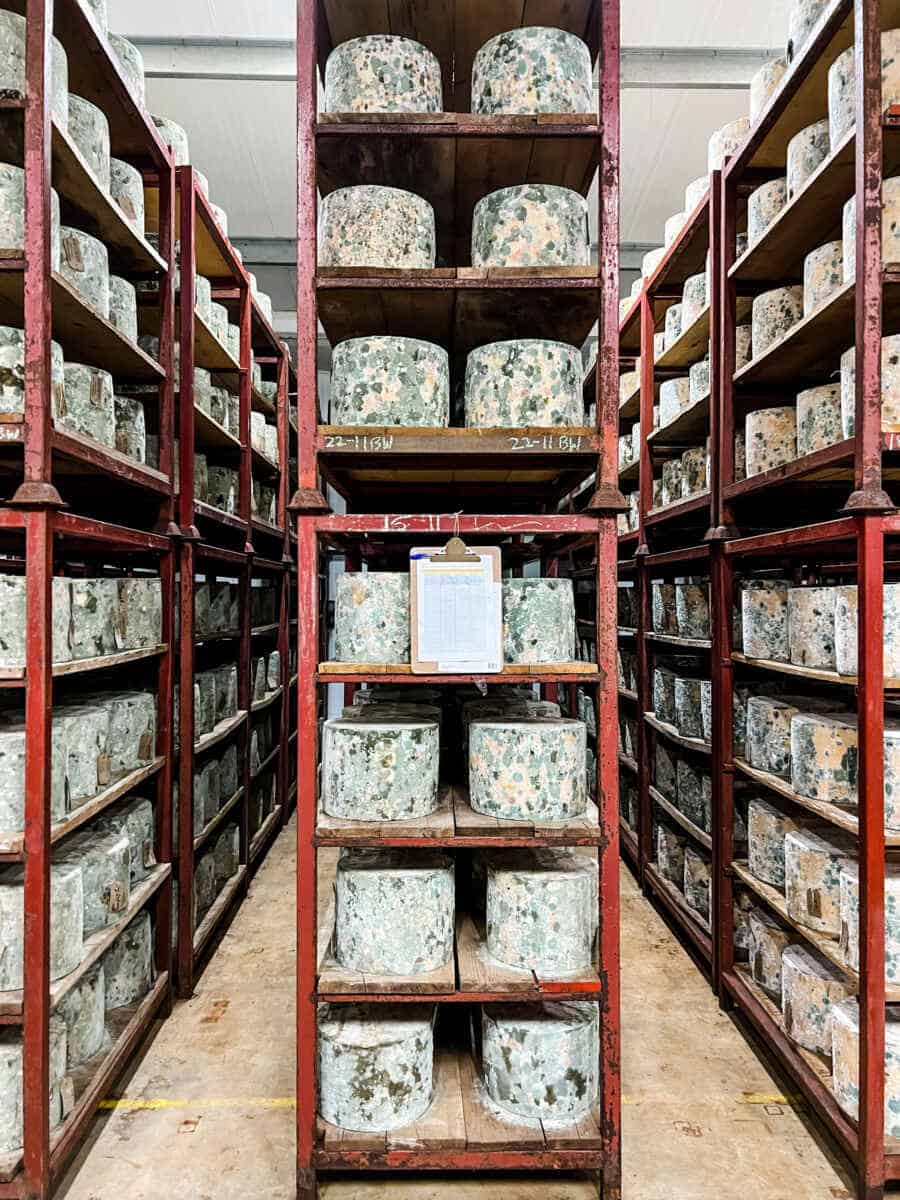
One evening we met 12 different artisan cheese makers who has made it their family business and livelihood. Hearing their stories of why they are making cheese was inspiring. I’ll never forget the one who makes fresh mozzarella from water buffalo…yes you heard me right! These cheese makers pour their lives into their businesses.

I tried so much cheese this past week, but none of them tasted alike…there were distinct differences. To get the different flavors of cheese, they take into careful consideration the types of cows, the land/environment (what the cows are eating), as well as the air inside the caves.

The cheesemakers are artists…taking great care of how to make their cheeses. They try different techniques until they land on a good one. But each day of the week can produce cheese that tastes slightly different from one another because of the starters they use for the cheese. I heard a lot of talk about Monday and Tuesday cheese being the best.

We did some other fun things like walking on what is believed to be Camelot. We baked scones in the kitchen, painted cheese pictures, walked around the neighborhood, and toured the church next door.
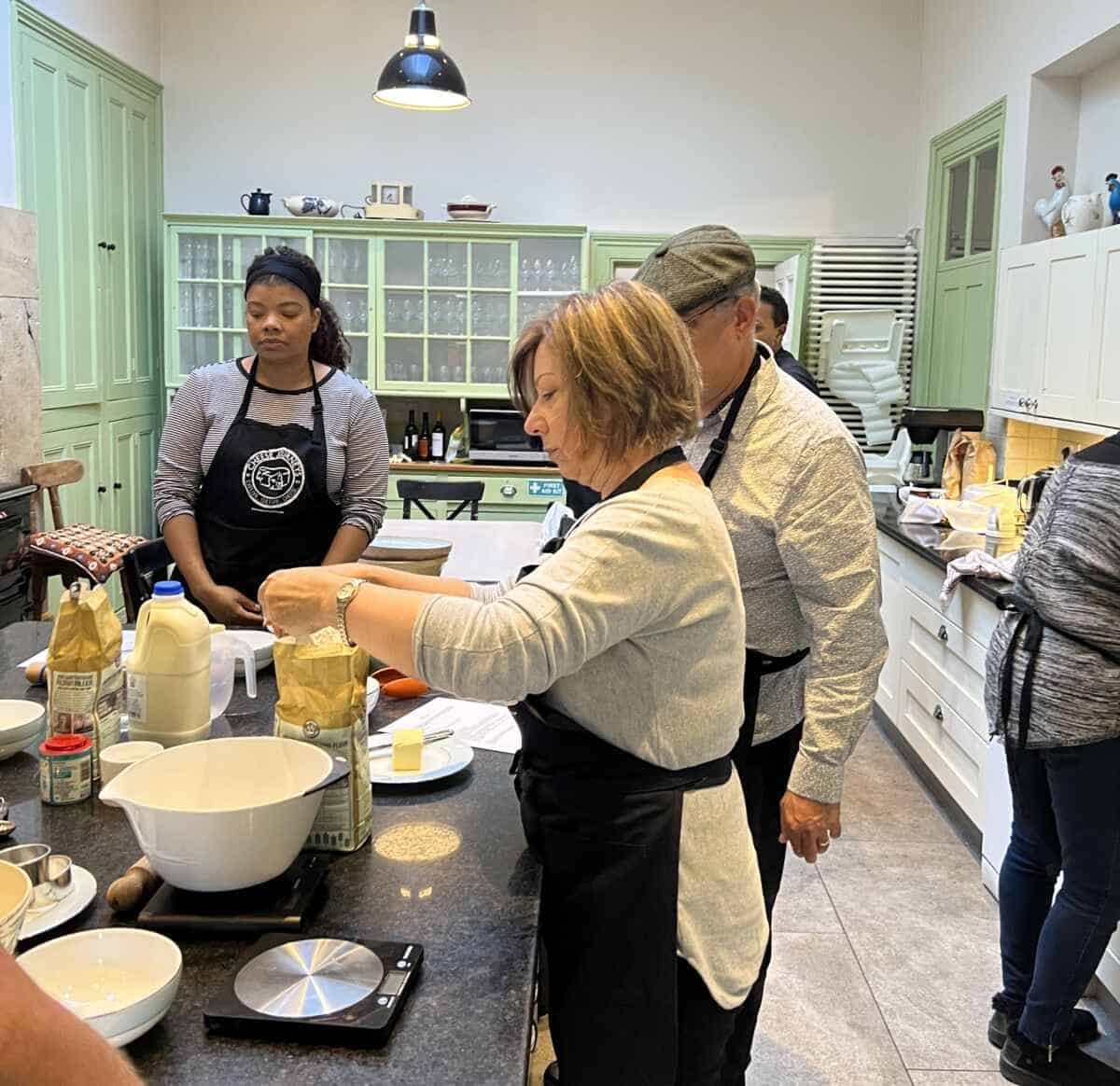



The 5-day tour was so much fun and informative…I can’t say enough great things about it. If you are interested in doing something similar, check out the other tours Anna from Cheese Journeys has going on during 2022 by clicking here.
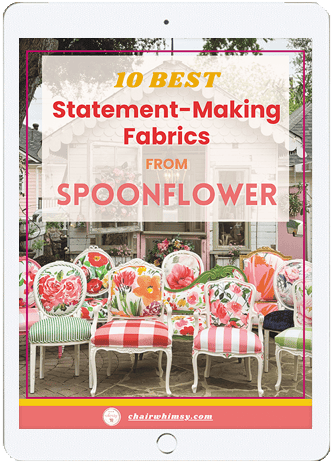

10 Best Statement-Making Fabrics from Spoonflower
